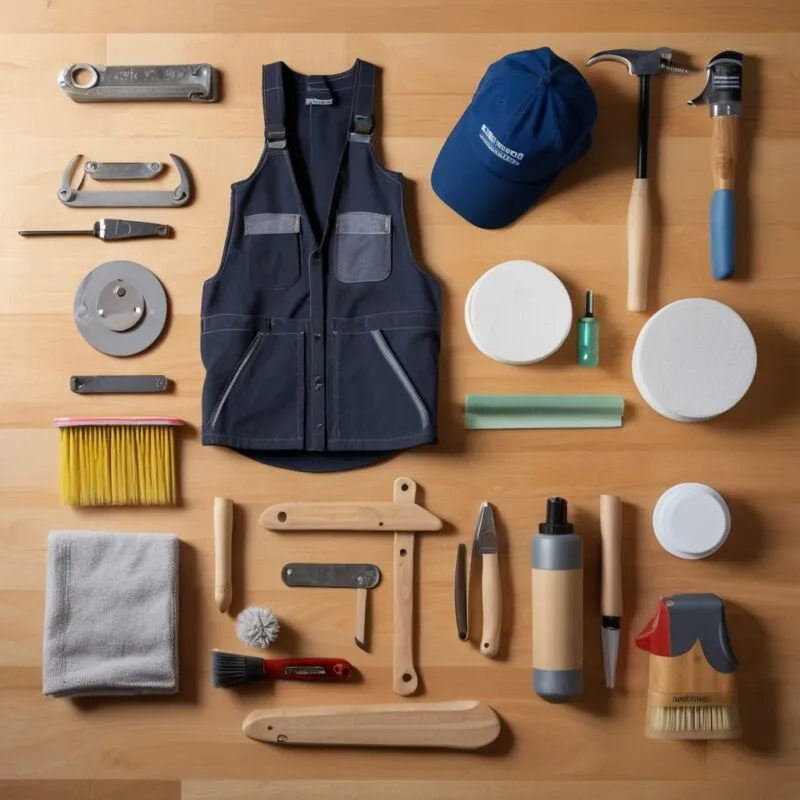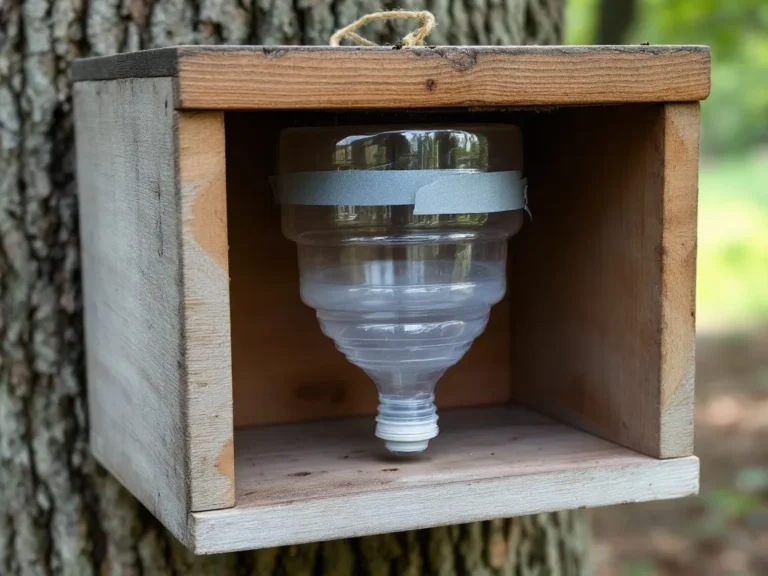Pressure-treated wood is a popular choice for outdoor projects due to its resistance to insects, decay, and rot. However, it still needs protection from moisture and UV light, and staining is a great way to ensure longevity. Below is a step-by-step guide on when and how to stain pressure-treated wood, and why it’s essential to maintain it.
Why Staining Pressure-Treated Wood Matters
Pressure-treated wood undergoes a chemical process that makes it durable against insects and rotting, but it is still vulnerable to environmental factors like moisture and sun damage. Over time, exposure to UV rays can cause the wood to fade and dry out, while moisture can lead to swelling, cracking, and eventual decay. Staining helps to seal the wood, preventing water infiltration and minimizing the effects of UV light.
Moreover, staining allows you to enhance the appearance of your wood by adding color and a polished finish, blending it into your outdoor space more naturally. In the long term, applying stain and sealant will reduce the need for repairs and replacements, saving both time and money.
When to Stain Pressure-Treated Wood
Newly treated wood contains a high level of moisture, which makes it unsuitable for immediate staining or sealing. Depending on the wood’s moisture content, it may take weeks or even months to dry properly. As a general rule, you should wait at least a few weeks before staining, but the exact time will depend on the wood’s moisture content.
To check whether the wood is ready to be stained, perform a simple water test: sprinkle a few drops of water onto the surface. If the water beads up, the wood is still too wet. If the wood absorbs the water quickly, it’s dry enough to proceed with staining.
Preparing the Wood for Staining
Before you begin staining, it’s crucial to clean the wood to remove dirt, grime, or mildew that may have accumulated during the drying period. Here’s how to do it:
- Cleaning the Surface: Use a deck brush to sweep away dirt and debris. If mildew is present, you may need a deck cleaner or trisodium phosphate (TSP) solution to scrub the surface. A pressure washer can also be used, but ensure you’re using the correct nozzle and pressure settings to avoid damaging the wood.
- Protect Nearby Areas: Before applying any cleaning solution or pressure washing, cover nearby plants, fixtures, and light outlets to protect them from water and chemicals. Using tarps or plastic sheeting is a quick way to safeguard these areas.
- Dry the Wood: After cleaning, let the wood dry completely before moving forward with staining. On warm days, you may want to uncover any nearby plants to avoid damaging them with excessive heat or moisture buildup.
Tools and Materials for Staining

Having the right tools on hand will ensure a smooth and even finish when staining. Depending on your project, you may need:
- Brushes: For tight areas or detailed work.
- Rollers or Staining Pads: Provide good coverage on large surfaces.
- Paint Sprayers: Efficient for large areas like decks and fences but require practice for even application.
- Drop Cloths and Plastic Sheeting: To protect the surrounding area from spills.
- Painters Tape: To mask off areas you don’t want stained.
- Safety Gear: Gloves, goggles, and protective clothing to avoid exposure to chemicals.
Staining the Wood: Step-by-Step
Once your wood is clean, dry, and you have all your tools ready, it’s time to begin the staining process. Follow these steps for the best results:
1. Mix the Stain: Thoroughly stir the stain to ensure consistency. Be careful not to create bubbles, as these can affect the finish.
2. Apply the Stain: Start at the top if working on vertical surfaces like fences and work your way down. For horizontal surfaces like decks, work in small sections to maintain a wet edge and avoid lap marks.
- Thin, Even Coats: Apply thin layers of stain to prevent peeling or pooling. Thicker layers may not dry properly.
- Attention to Edges: Pay special attention to the cut ends of the wood, which absorb stain more readily than the surface. You may need to apply extra coats to these areas.
3. Dry Time: Allow the stain to dry for at least 24-48 hours, depending on the product’s instructions and weather conditions. Avoid foot traffic or moving furniture back onto the surface until the stain is fully dry.
4. Second Coat (Optional): Depending on the stain you’re using, a second coat may not be necessary. If you’re using a stain-and-sealer combination, a single coat may suffice, as the second coat may not adhere evenly.
Sealing Pressure-Treated Wood
In many cases, stains come with built-in sealers. However, if you prefer a natural wood look or want additional protection, applying a clear sealer is an option. Clear sealers help waterproof the wood and can provide extra UV protection to prevent fading.
To apply a sealer:
- Ensure the wood is dry and clean.
- Use the same tools and methods as you would for applying stain.
- Apply a thin, even coat of sealer and allow it to dry thoroughly before exposing the wood to moisture.
Painting Pressure-Treated Wood
While staining is the most common method of protecting pressure-treated wood, painting is another option, particularly if you prefer a specific color or finish. The process is similar to staining, but there are additional considerations:
- Use Latex Paint: Avoid oil-based paints, as they tend to crack and peel when applied to pressure-treated wood.
- Apply Primer First: To ensure proper adhesion of the paint, apply an exterior latex primer designed for treated wood before painting.
- Avoid High-Traffic Areas: Standard paint is not recommended for areas like deck floors, as it can become slippery when wet and wear quickly.
Conclusion: Long-Term Maintenance of Pressure-Treated Wood
Protecting your pressure-treated wood through regular staining or sealing not only enhances its appearance but also prolongs its lifespan. Whether you’re staining a deck, fence, or outdoor furniture, following the steps outlined above will ensure your wood stays beautiful and functional for years to come. Remember to check your wood’s moisture levels, clean thoroughly, and use quality products for the best results. With proper care, your outdoor wood projects will stand up to the elements while maintaining their charm and durability.
This guide should equip you with everything you need to protect and beautify your pressure-treated wood surfaces, whether you’re taking on a DIY project or maintaining your home’s exterior.





